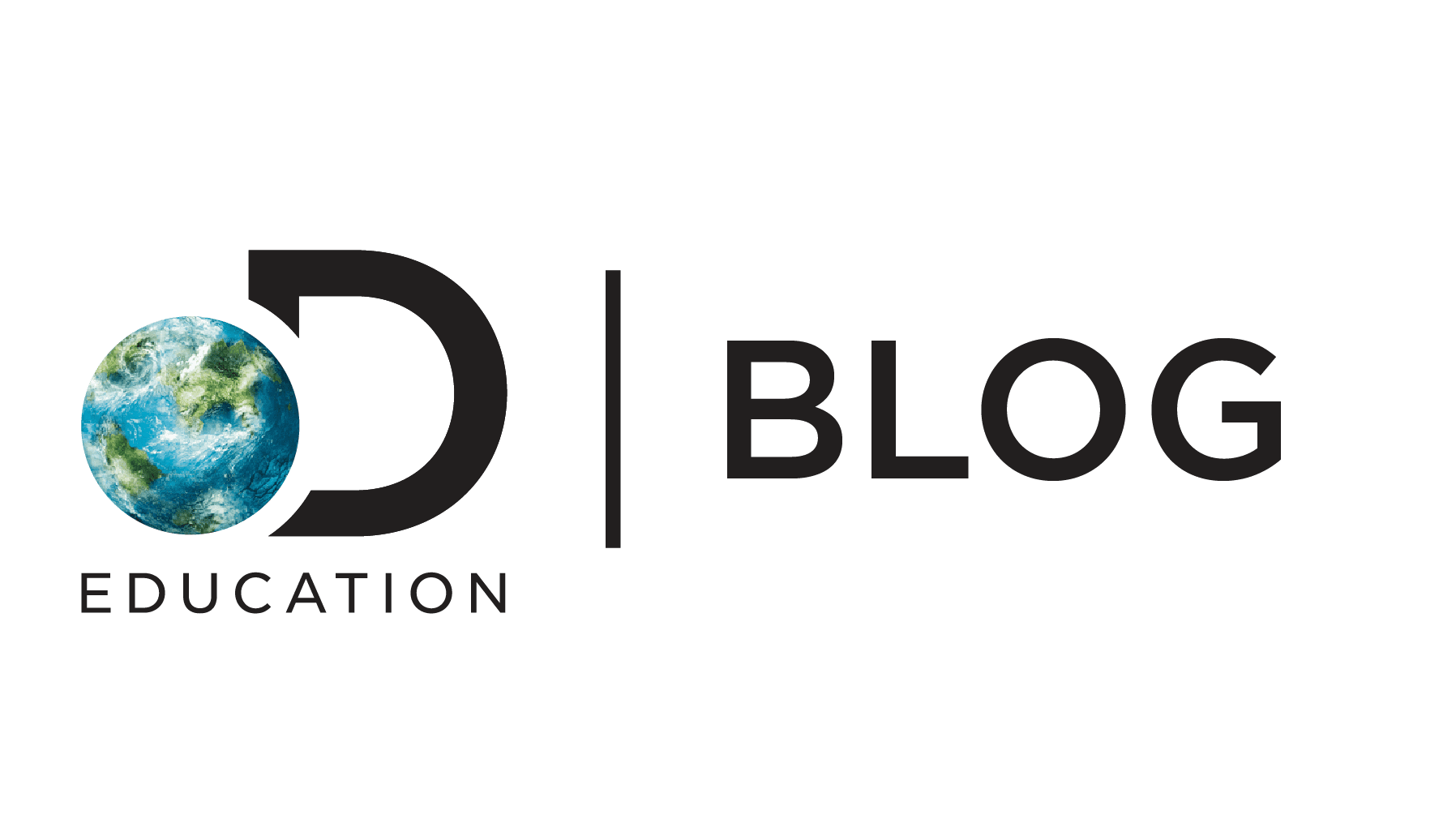Hello, June! For many teachers and students, June marks the end of a school year and the start of a much-deserved summer break. Stay connected to what’s going on in EdTech by reading DE’s roundup of the latest news:
From K12 to Career
When considering how K-12 education is preparing students for their futures, we have to consider all of the paths they may take! Read up on the latest trends in the workforce and career readiness:
New data from the Labor Department reveals that US-college enrollment fell by nearly 4% in line with a decade-long decline. While that may seem alarming, young people are opting for jobs in hospitality, construction, and manufacturing resulting in a potential ramp up of the economy and a 70-year low in unemployment rates.
Right now, state data systems struggle to clearly measure and connect the impact of education on various career pathways. The Education-to-Workforce Indicator framework is a new publicly available measurement resource from the Gates Foundation, Mathematica, and the Mirror Group. This framework supports public officials by assessing current systems, creating pathways to effective change, and building an overall framework of the Ed-to-Workforce experience in their respective state.
Every week, District Administration asks ChatGPT one question designed to help district leaders solve some of the most pressing questions in education today. The question on deck: How would you implement college and career readiness initiatives in a school district? The answers might surprise you!
Still on ESSER
Conversations around ESSER (The Elementary and Secondary School Relief Fund) continue – from financial planning and tips for spending to reflections on districts’ priorities, catch up on the latest stories around ESSER.
In September 2024, school districts will experience a perfect storm not seen since the Great Recession: declining enrollment, rising costs, and the end of ESSER. District Administration highlights 5 steps districts can take to prepare for these financial changes.
ESSER means big investments in education by focusing on vendors and resources, but there’s still little data on how the spending impacts students. And many states aren’t properly tracking what districts are buying or what’s being delivered, meaning there might be even more problems in the long-term with balancing the checkbook and keeping students on track.
The state of Montana recently announced how they’re using their ESSER funding: for digital learning resources. In a new statewide partnership with Discovery Education, Montana’s Office of Public Instruction selected the company’s K-12 learning platform to provide all 496 public school districts statewide access to a curated collection of high-quality, grade-level appropriate, digital content aligned to Montana’s rigorous K-12 Content Standards.
While ESSER funds can be applied to many important things, an education expert shares a few tips on how to make this funding both last and have a long-term impact: make data-centered decisions with data-centered outcomes, start long-term planning now, don’t be afraid to reallocate, and more.
Insights from Experts
Read new insights on education from the National Center for Education Statistics and the U.S. Surgeon General.
A new federal report from the National Center for Education Statistics illuminates K-12 education trends. The data includes findings like the fact that more students want health and wellness support than schools can offer, impacts of the pandemic, teacher needs, and much more.
Research shows that nearly 95% of teens use social media, and while it’s fun, the U.S. Surgeon General Vivek Murthy is ringing the alarm bells about the potential harm. Now, policy makers might be making moves to change things, including at schools.







